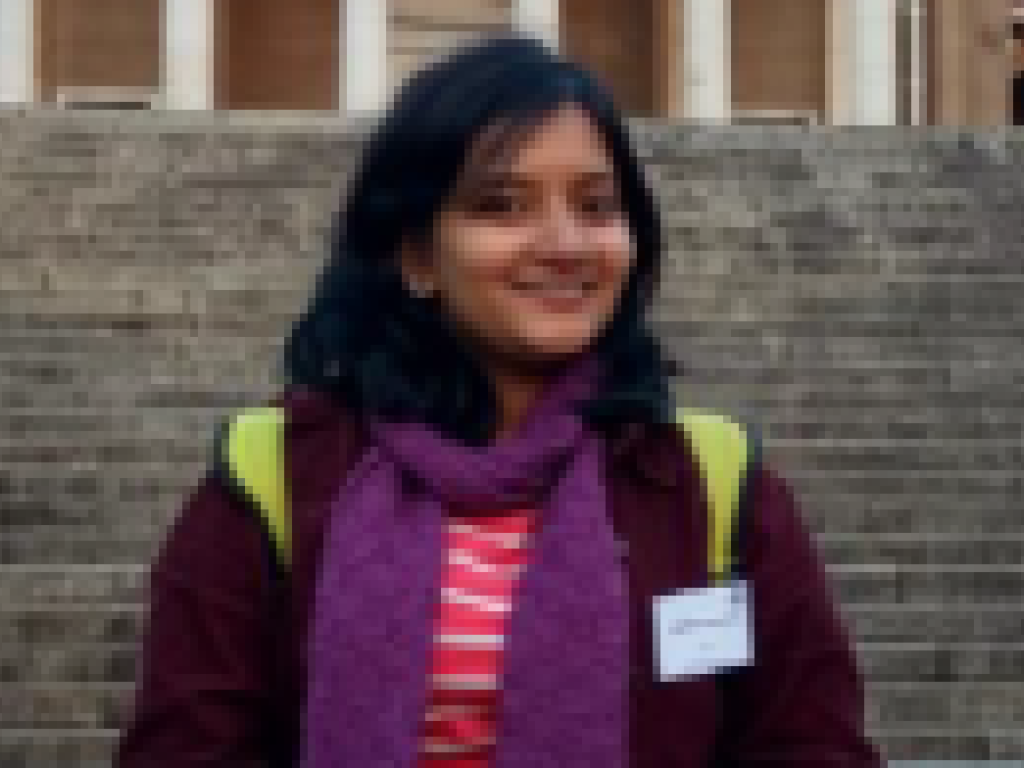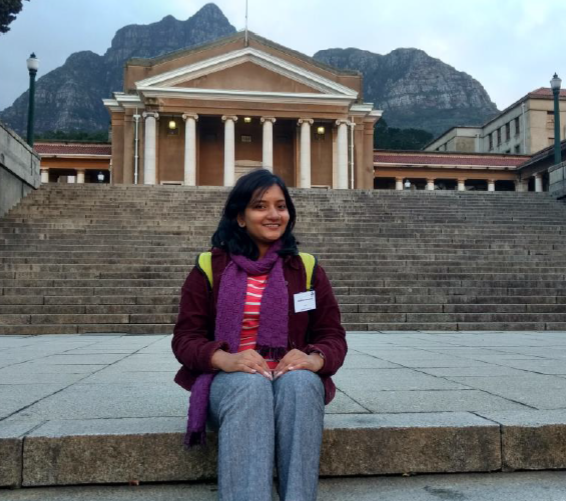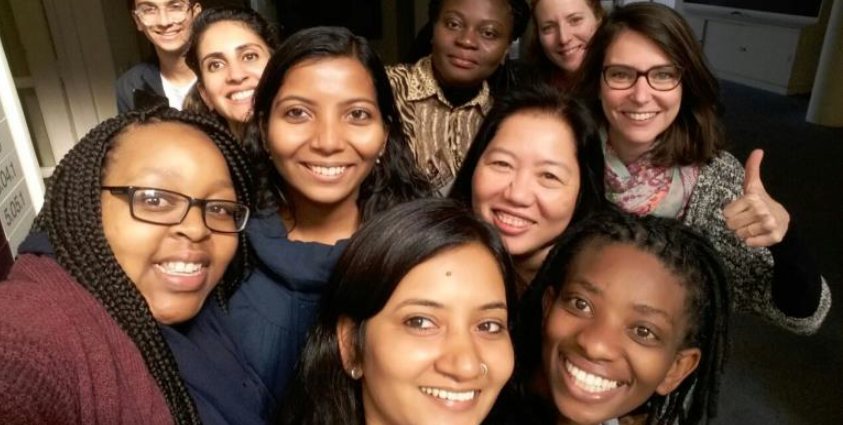‘Building capacity dissolves differences. It irons out inequalities’

By Aradhana Yaduvanshi, researcher, Watershed Organisation Trust
My ASSAR journey began with the July 2017 Winter School at CSAG (Climate Systems Analysis Group) at the University of Cape Town. It was a great experience to get exposure on various aspects of climate information for adaptation and policy development. Being a hydrometeorologist, I was always inclined towards the technical side of the research, but at the Winter School I learnt to connect non-technical aspects (mapping of vulnerability, frameworks of adaptation, policy planning) with technical aspects (processing, downscaling and using projections data). Working on a case study was very helpful in putting theory to practice.
The work done by Modathir Zaroug and Mark New on studying the impacts of 1.5 and 2â°C global warming on the African continent gave me the idea to undertake a similar study, identifying regional temperature and rainfall changes for India. The work was quite fascinating because it gave me a chance to expand my knowledge of programming and analysing large scale data, while the interactions and inputs from other researchers provided a good learning experience during the course of the study. This work in turn triggered a follow up research idea on regional impacts of extremes under 1.5 and 2 degree global temperature rise. This idea was converted into a proposal for a Small Opportunity Grant (SOG), which got accepted.

The SOG grant provided an opportunity to directly interact with Mark New about structuring the extreme work for India; his suggestions and comments were constructive and insightful. While the discussions with the ASSAR communications team to develop infographics and other Research-into-Use products were a bit new and informative – for a scientist like me – my learning sessions with Modathir helped a lot in understanding all about CMIP5 model data processing and analysis.
All these interactions helped in broadening my knowledge base and gave an opportunity to produce another publication, which will provide information on future extremes in different climatic zones under 1.5 and 2â°C global temperature rise that could feed in the national and state action plan for climate change in India.
In ASSAR, I have really appreciated the exposure to the wide diversity of researchers working in multiple disciplines but all in the context of climate change and adaptation. But the best thing is that it provided me with a platform to work on my dream research, whereby I can seek to bridge the gap between the science of climate change and practice on the ground.
I used to be in a box of analysing and interpreting data in research, but never thought of converting it into useable information for people on the ground. ASSAR provided me, and WOTR, with a framework to do this differently. Identifying the linkages of regional level change with global datasets, understanding implications and finding solutions were the key steps in this direction.
ASSAR helped WOTR to facilitate the research work on the ground by providing funds and knowledge sharing. Apart from work, if I look back, this journey with ASSAR offered me many memorable moments.

At a personal level, it has been an enriching experience by making new bonds and professional linkages. ASSAR provided me with a platform to work on my dream research, whereby I can seek to bridge the gap between the science of climate change and practice on the ground.
This article first appeared in the ASSAR Spotlight on Capacity Building (September 2018).